Many countries have argued over the origins and final resting place of Columbus, who led Spanish-sponsored expeditions from the 1490s that paved the way for the European conquest of the Americas.
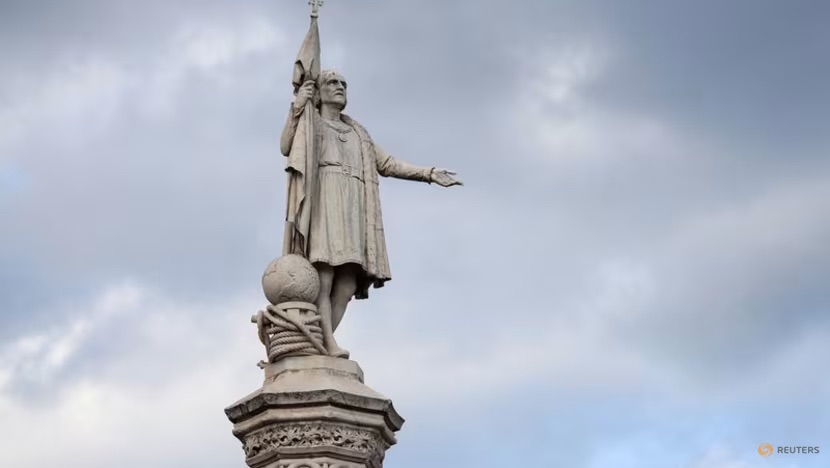
Statue of Christopher Columbus at the square named after him, Plaza de Colon, in Madrid, Spain. Photo: REUTERS/Juan Medina
Many historians have questioned the traditional theory that Columbus was from Genoa, Italy. Other theories suggest that he may have been Spanish, Greek, Basque, or Portuguese Jew.
The team, led by forensic expert Miguel Lorente, examined small samples from remains buried in Seville Cathedral, long considered Columbus' final resting place, despite conflicting claims. They compared the samples with those of Columbus' relatives and descendants. The results will be shown in a documentary titled "Columbus DNA: True Origins" on Spanish national television station TVE on Saturday.
Mr Lorente said studies had confirmed that the remains in Seville belonged to Columbus. "Today, with new technology, we have been able to confirm the theory that the remains in Seville do indeed belong to Christopher Columbus," he said.
Columbus died in Valladolid, Spain in 1506, but he wanted to be buried on the island of Hispaniola (now the Dominican Republic and Haiti). His remains were moved to Hispaniola in 1542, then to Cuba in 1795, and finally, supposedly, to Seville in 1898.
However, in 1877, workers found a lead coffin in Santo Domingo, Dominican Republic, and the country claimed the remains belonged to Columbus. Lorente argued that both claims could be true, as both sets of remains were incomplete.
Cao Phong (according to Reuters, CNA)
Source: https://www.congluan.vn/cac-nha-khoa-hoc-tay-ban-nha-tim-ra-nguon-goc-noi-chon-cat-columbus-post316304.html





![[Photo] Phu Quoc: Propagating IUU prevention and control to the people](https://vstatic.vietnam.vn/vietnam/resource/IMAGE/2025/8/24/f32e51cca8bf4ebc9899accf59353d90)
![[Photo] Party and State leaders meet with representatives of all walks of life](https://vstatic.vietnam.vn/vietnam/resource/IMAGE/2025/8/24/66adc175d6ec402d90093f0a6764225b)
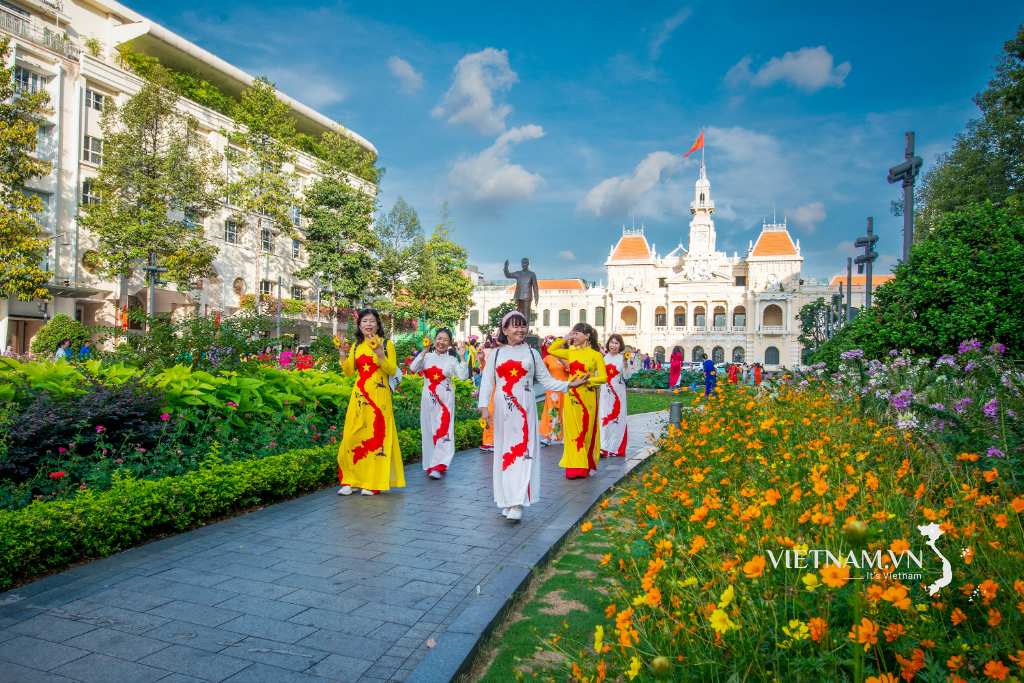

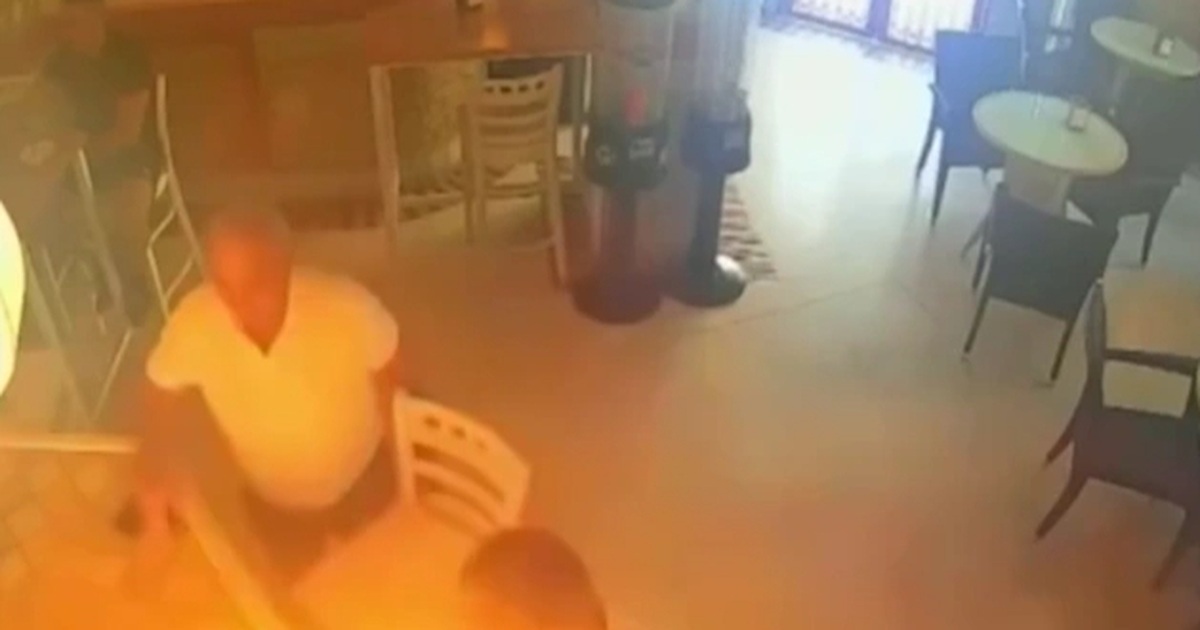

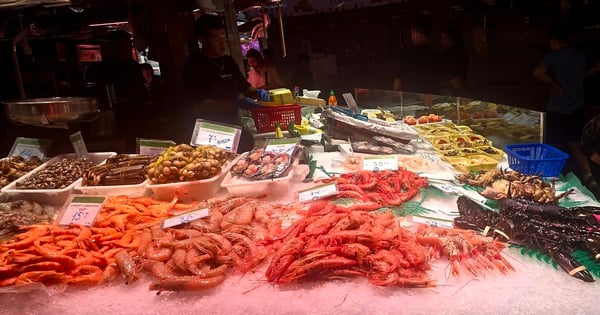


























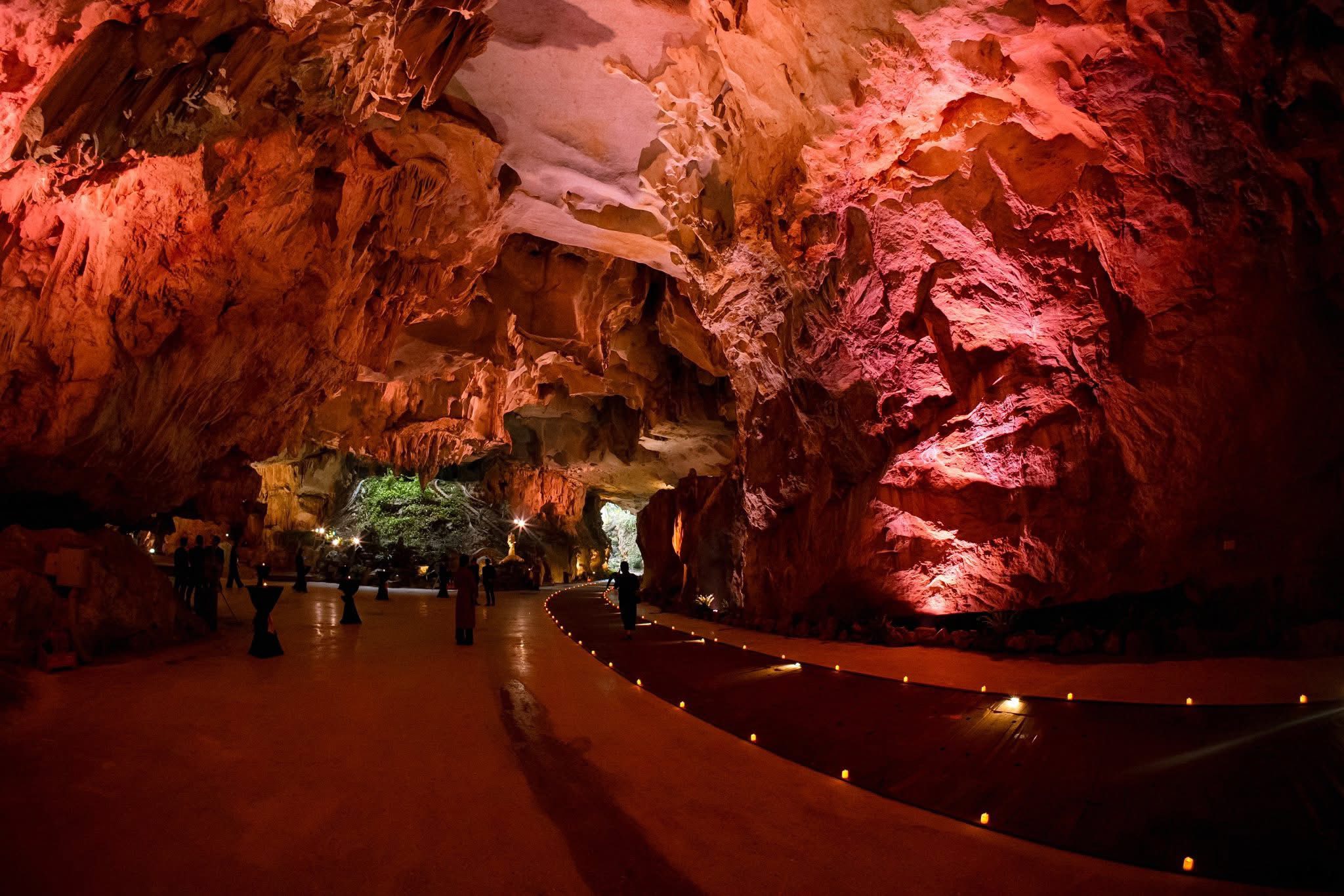

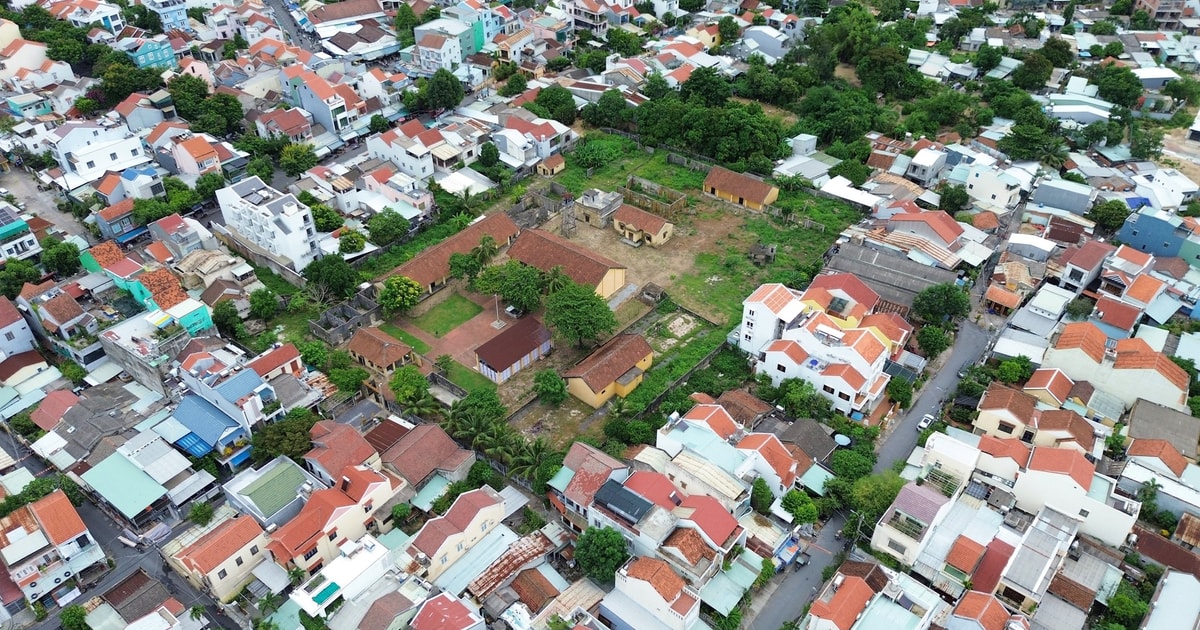

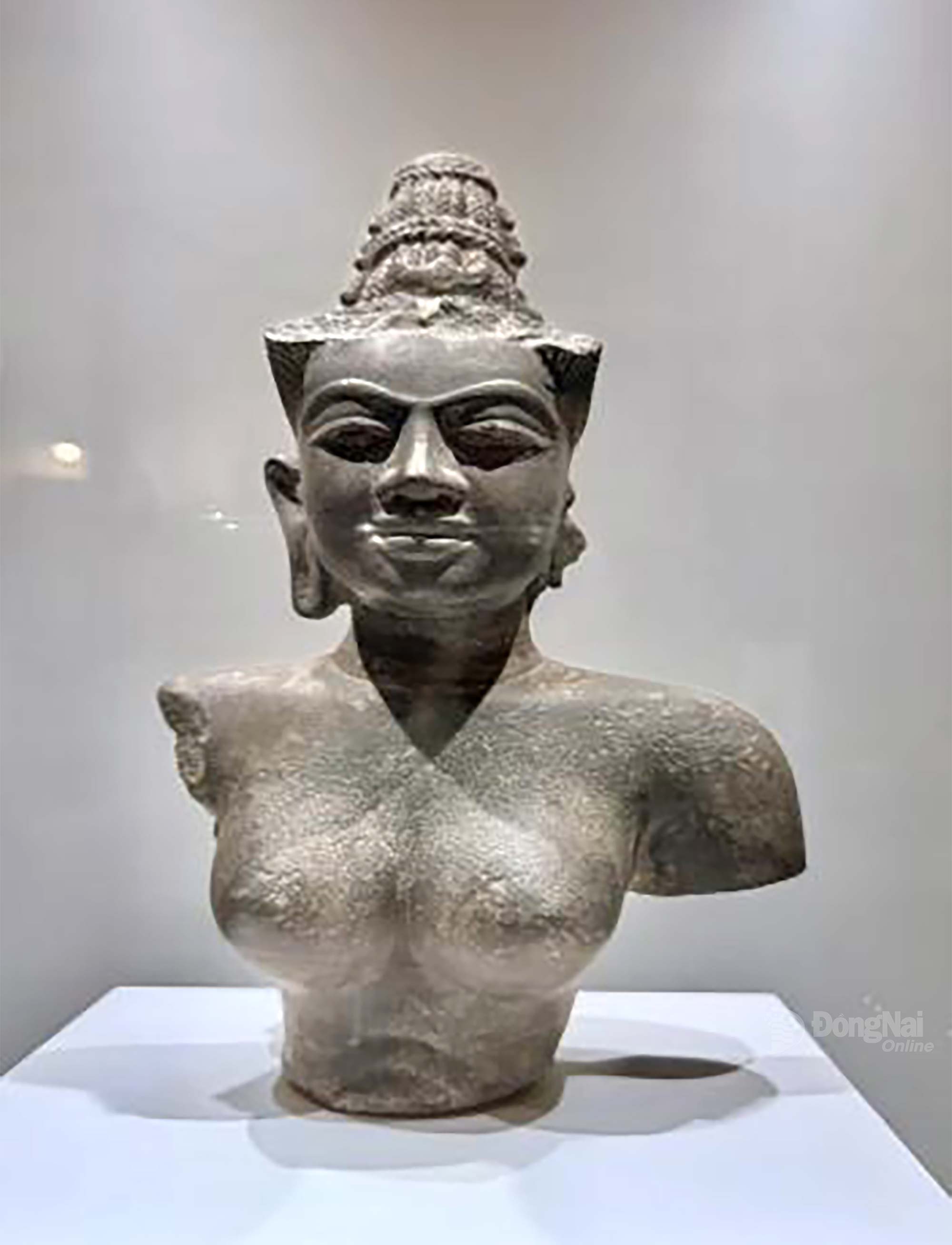







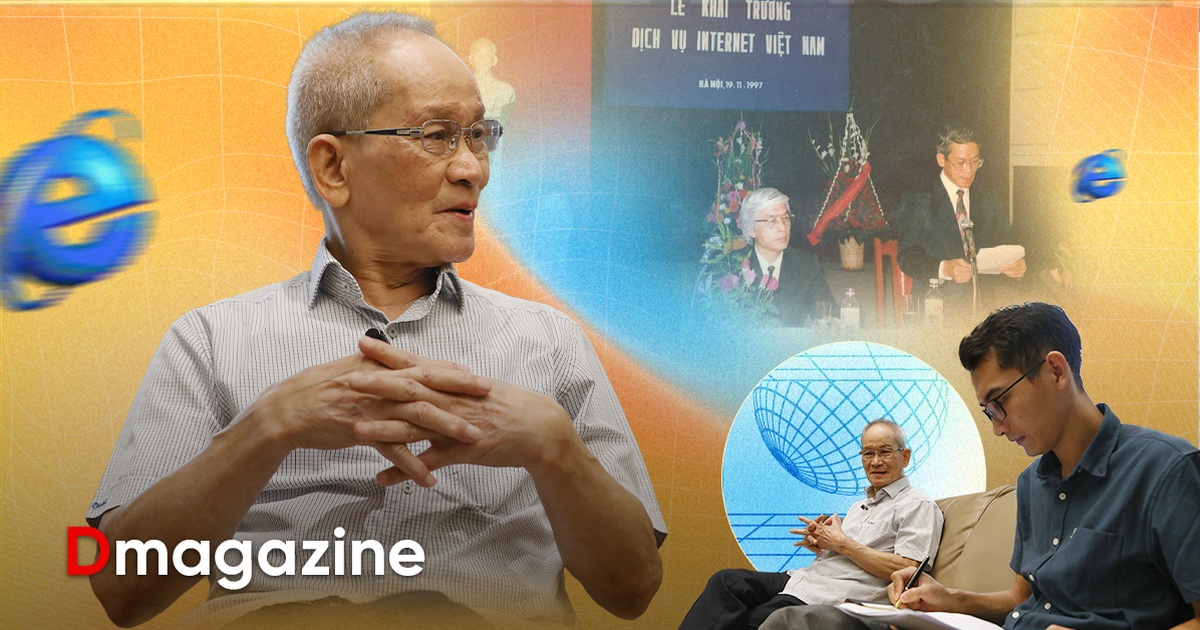
















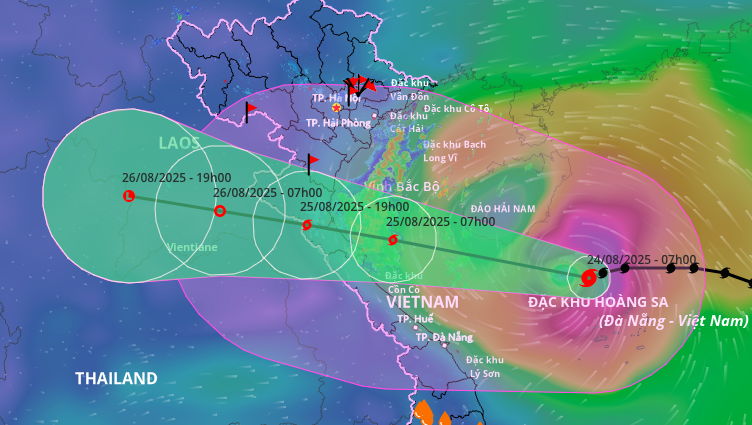













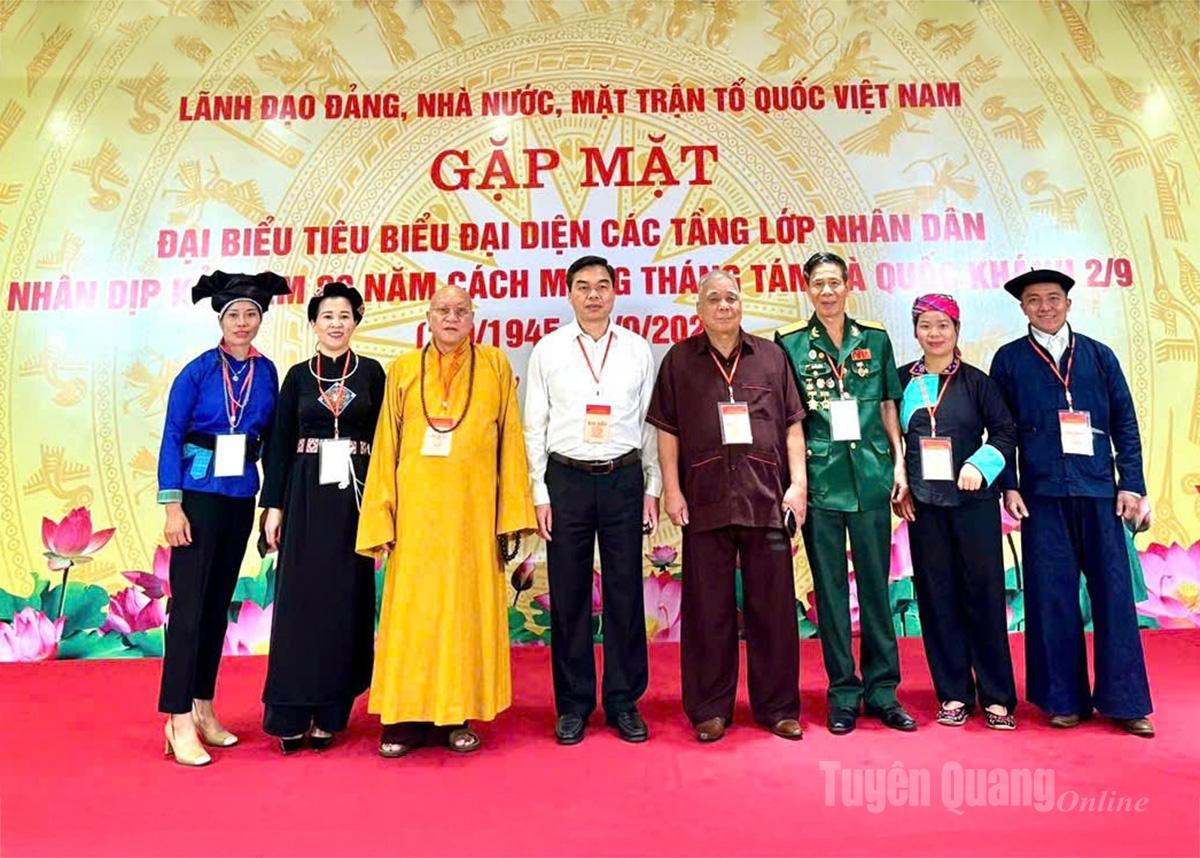


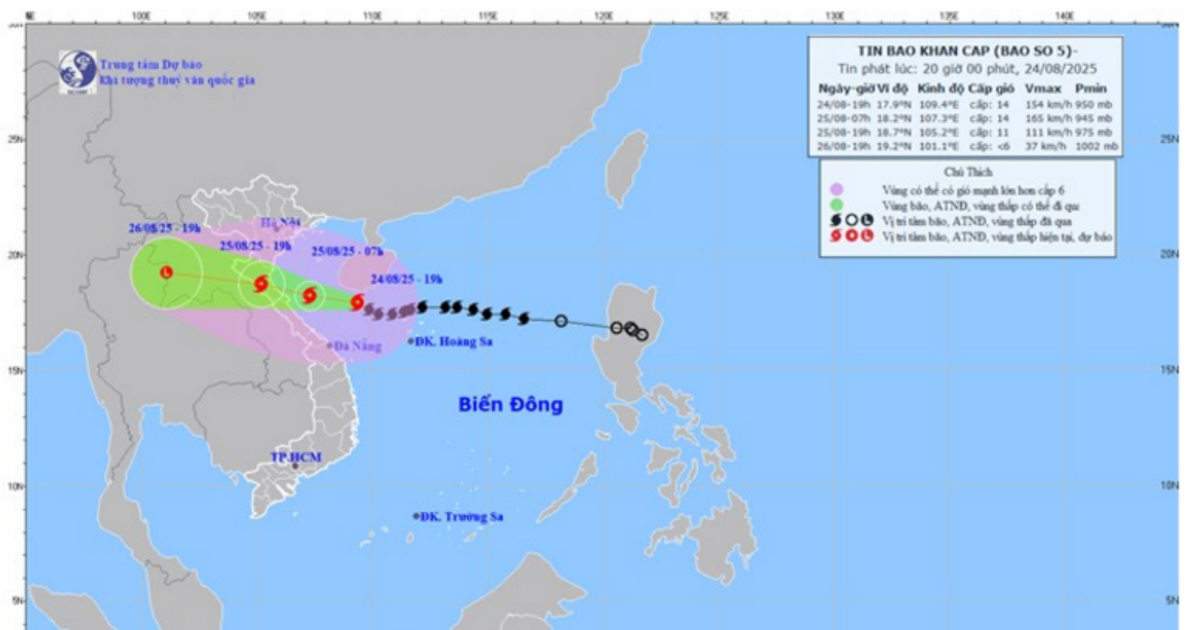



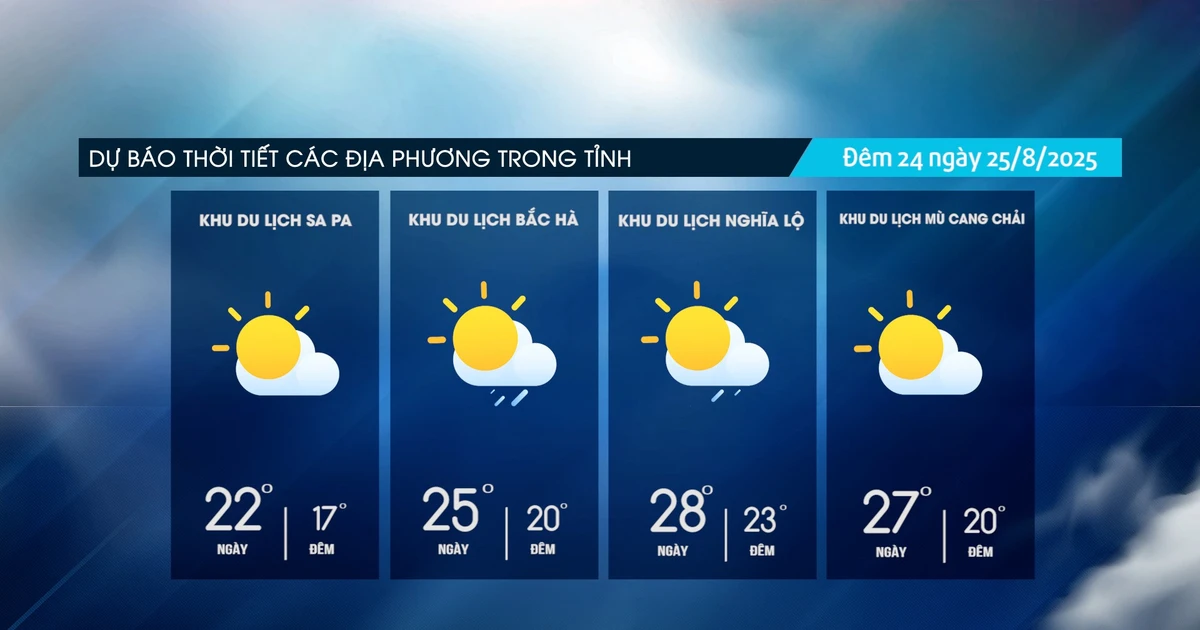















Comment (0)